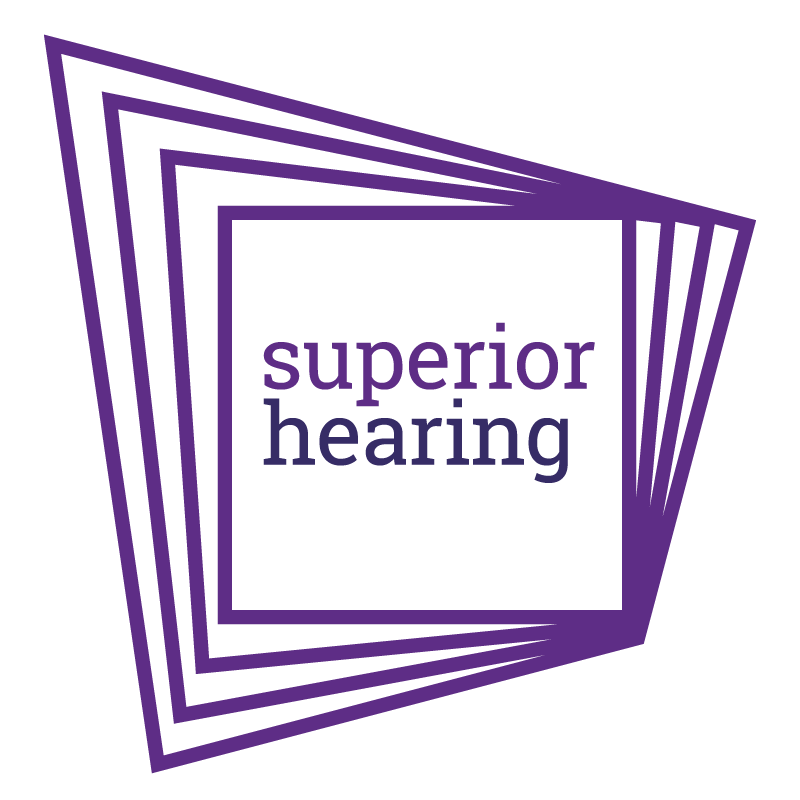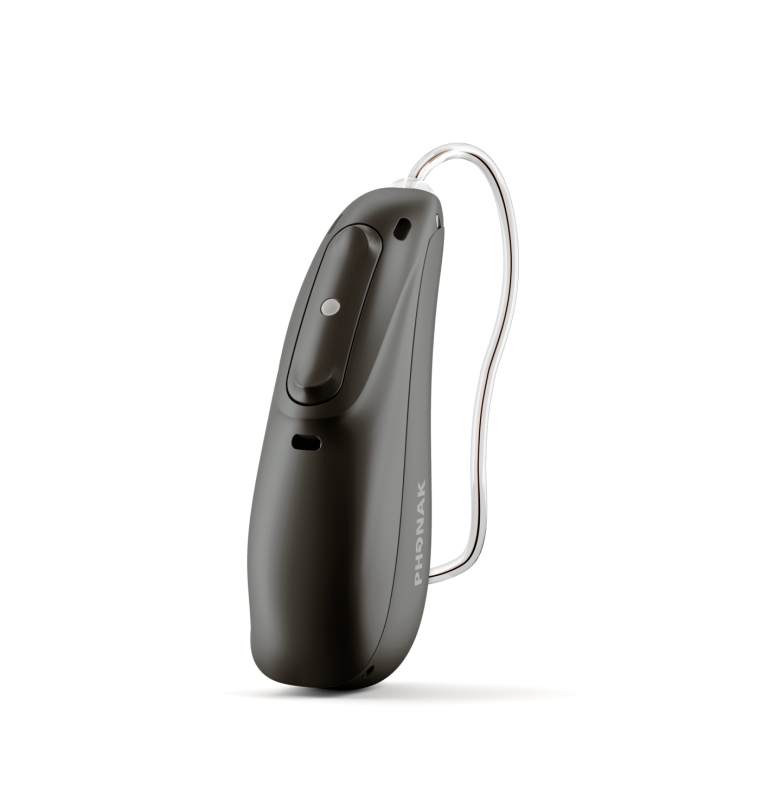Products
How Hearing Aids Work:
Sound enters a hearing aid through the microphone. The sound is processed by the circuitry inside the hearing aid and then delivered to a receiver (loudspeaker). The sound enters the wearer’s ear canal from the receiver.
Hearing aids available today use sophisticated digital circuitry. With digital sound processing, the sounds are coded in detail. This level of precision allows the hearing professional to be flexible in customizing the hearing aid to your specific hearing loss needs.
Like anything else in the world of technology, there is a wide array of digital hearing aid technology, ranging from basic to advanced.

Hearing aids vary in price, size, special features and in the way they are placed in your ear.
Types of Hearing Aids:
The following are common hearing aid styles, beginning with the smallest, least visible in the ear:

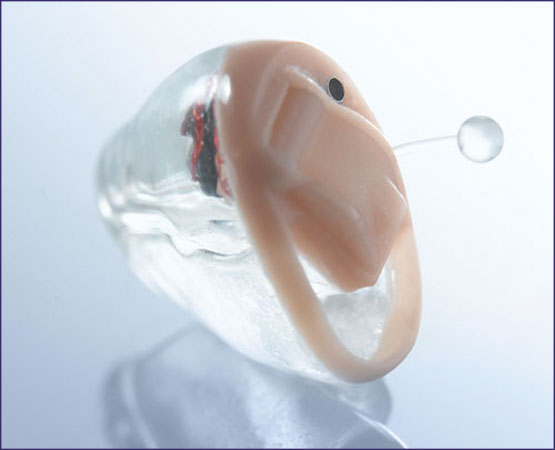
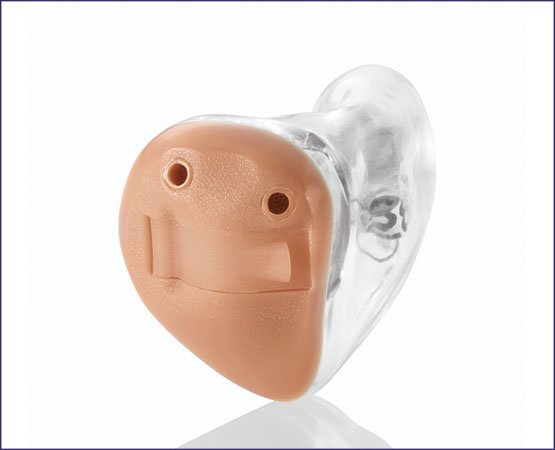
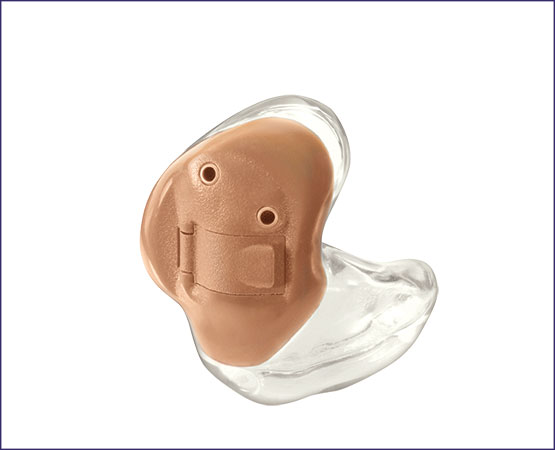
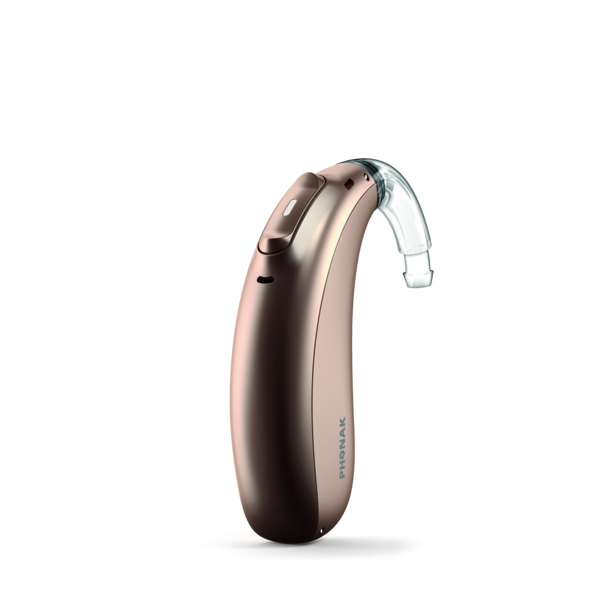
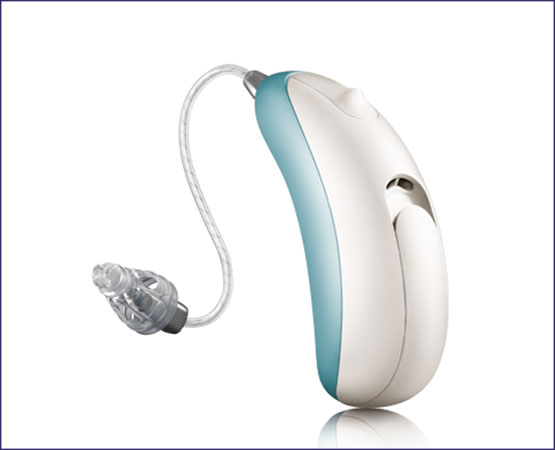
Hearing Aid Brands
At Superior Hearing Centre, we carry every available hearing aid brand, assuring that our hearing specialists can prescribe a hearing aid that best meets your needs, lifestyle, and budget.
Introducing Phonak


